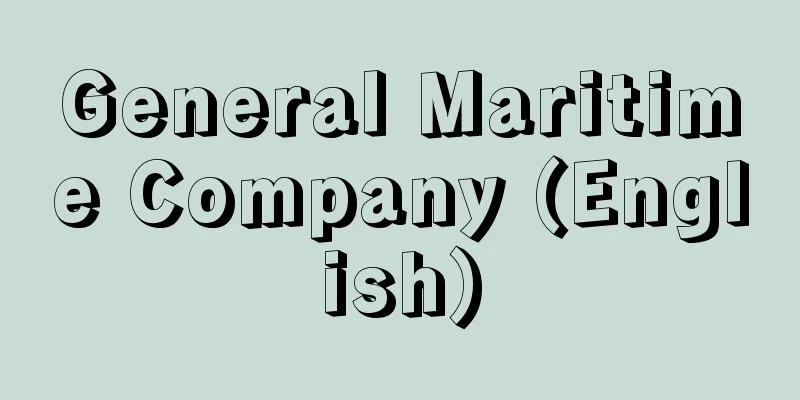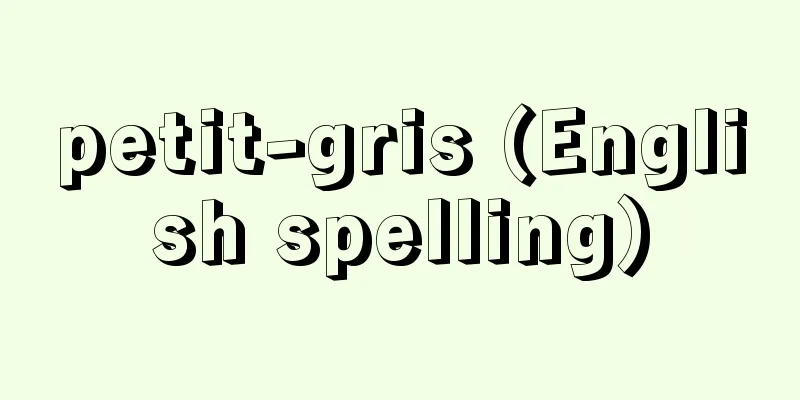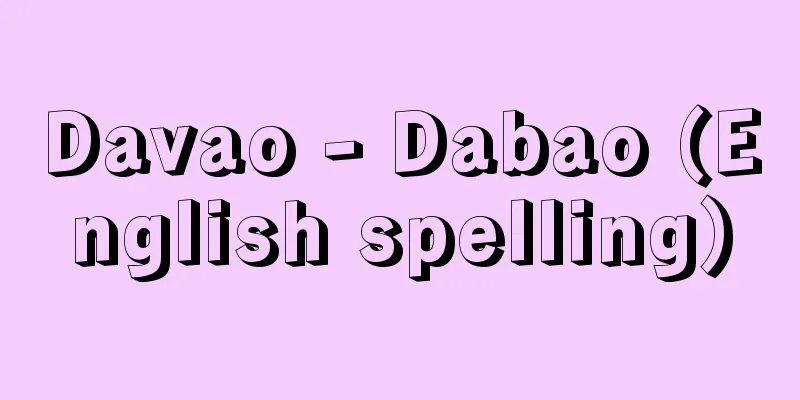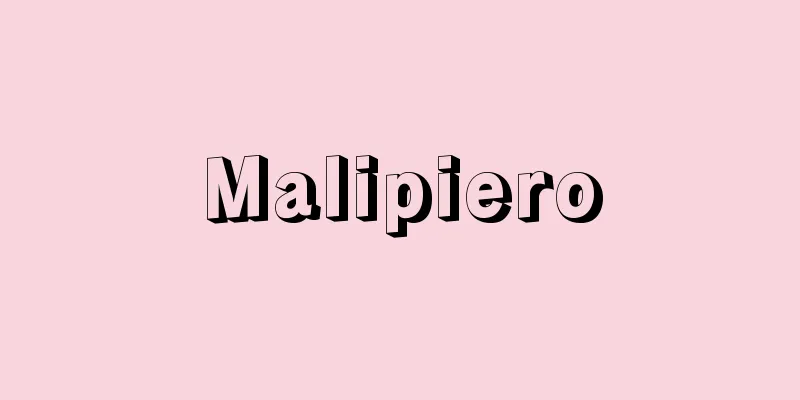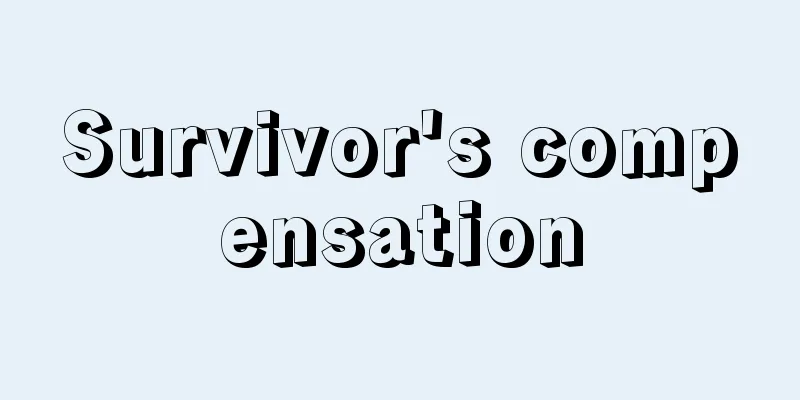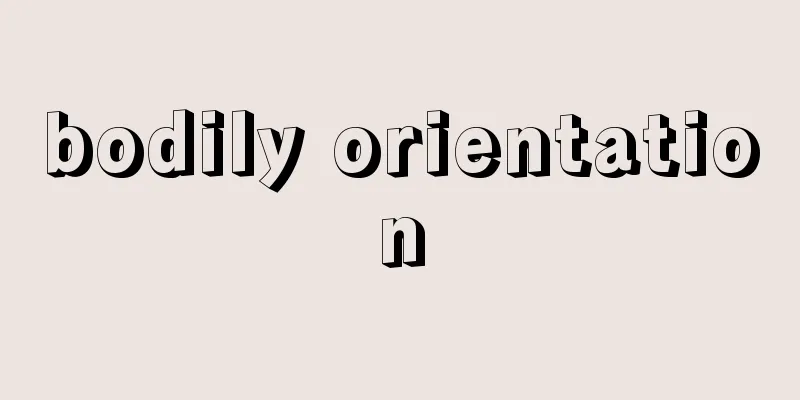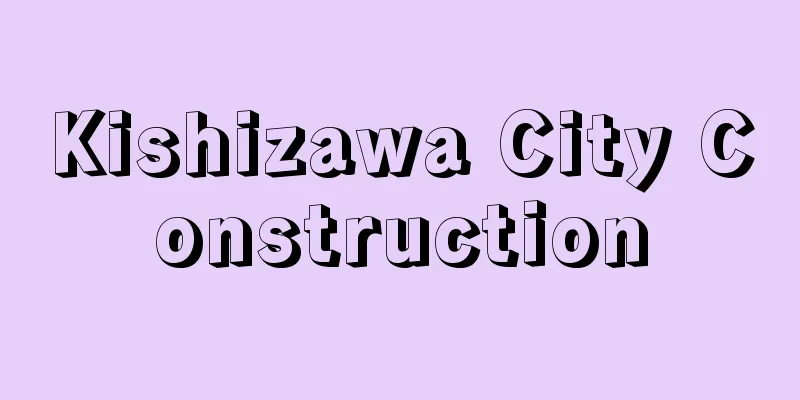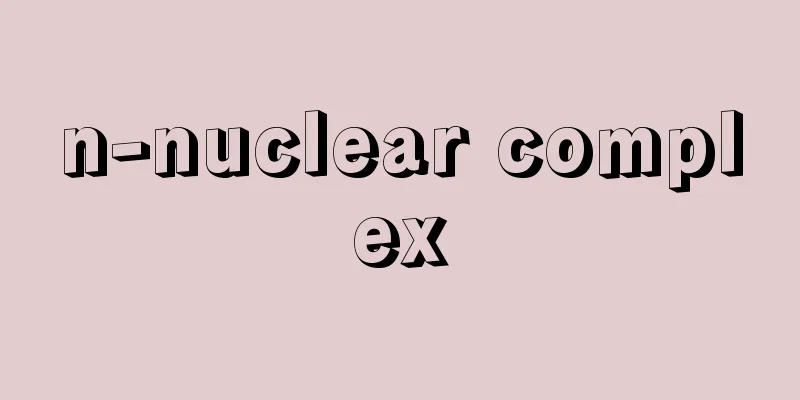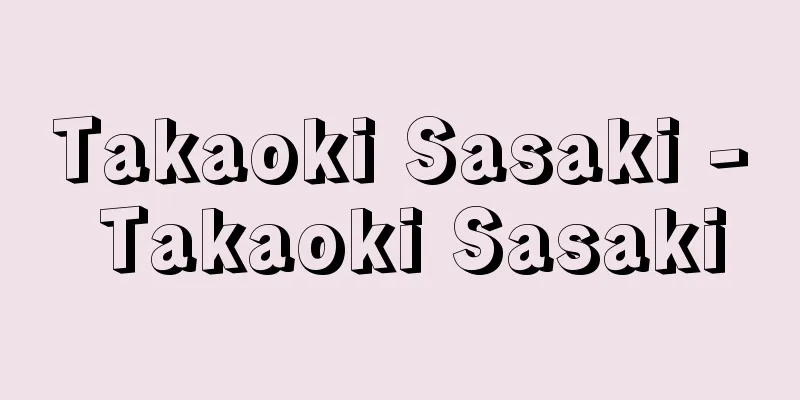Rengoya
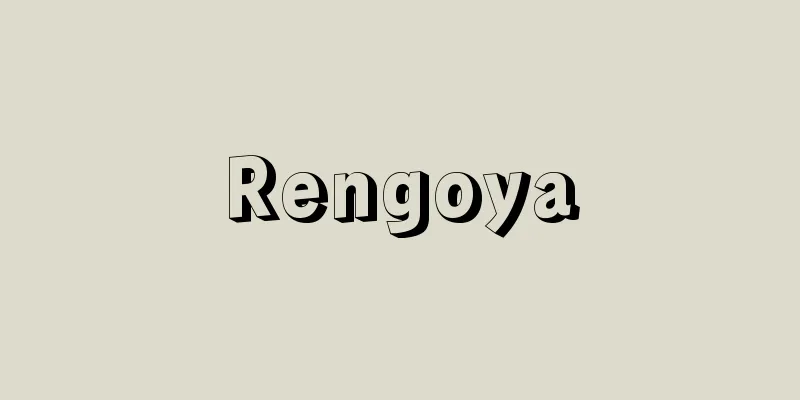
|
The part of the cerebral cortex excluding areas with clearly defined functions such as the motor and sensory cortices. Also called the association area. It is connected to other parts of the cerebral cortex as well as the thalamus and hypothalamus through many neural circuits and is involved in advanced neural functions. As animals become more advanced, the association area becomes larger, and in humans it accounts for about two-thirds of the cerebral cortex. The association area, which connects with the motor and sensory cortices, is involved in mental functions through integration, language functions, and cognition, while the association area in the frontal lobe is involved in motivation and creative mental functions. [Yasumi Arai] Association areas in humansIn humans, the association area is considered to be the most important area for the expression of mental functions, and it integrates two or more senses to control cognition and judgment. The frontal association area is located in front of the motor area, and is divided into the prefrontal area (areas 9, 10, and 11) and the (frontal) orbital area (areas 12, 13, and 14). These areas are said to generate the will to express emotions and behavior. The parietal association area is adjacent to the somatosensory area, and includes areas 5 and 7. These areas are mainly somatosensory association areas. The angular gyrus (area 39) and the supramarginal gyrus (area 40) in the inferior lateral part of the parietal lobe are related to language function in the dominant hemisphere (the hemisphere with the language center). The temporal association area includes area 22, which is an auditory association area. This area is a sensory language area in the dominant hemisphere. Areas 20 and 21 of the inferior temporal area are visual association areas. The occipital association cortex is adjacent to the visual cortex, and areas 18 and 19 are also visual association cortex. [Torii Shizuo] [Reference] |©Shogakukan "> Brodmann's brain map and classification of the neocortex Source: Shogakukan Encyclopedia Nipponica About Encyclopedia Nipponica Information | Legend |
|
大脳皮質のうち、運動野や感覚野といった機能のはっきりした部位を除いた部分。連合領ともいう。大脳皮質の他部位のほか、視床や視床下部などともたくさんの神経回路により連絡をもち、高度な神経機能に関係する。動物が高等になるにしたがって連合野が広くなり、ヒトでは大脳皮質の約3分の2を占める。運動野や感覚野と連絡する連合野が、統合による精神機能、言語機能、認識などに関係し、前頭葉の連合野は意欲や創造的な精神作用に関係している。 [新井康允] ヒトにおける連合野ヒトの場合、連合野は精神作用の発現にもっとも重要なところとされ、2種類以上の感覚を総合して、認知や判断などをつかさどる。前頭連合野は運動野より前方にあり、9、10、11野の前頭前野、12、13、14野の(前頭)眼窩(がんか)野に分けられる。これらの部位は感情や行動を現そうとする意欲をつくりだすとされている。頭頂連合野は体性感覚野に隣接し、5、7野がある。これらの部位は主として体性感覚の連合野である。頭頂葉の外側下部の39野の角回、40野の縁上回は、優位半球(言語中枢のある大脳半球)では言語機能と関係がある。側頭連合野には聴覚連合野としての22野がある。この部位は優位半球では感覚性言語野である。下側頭野の20、21野は視覚性の連合野である。後頭連合野は視覚野に隣接して18、19野があるが、ここも視覚性連合野である。 [鳥居鎮夫] [参照項目] |©Shogakukan"> ブロードマンの脳地図と新皮質の分類 出典 小学館 日本大百科全書(ニッポニカ)日本大百科全書(ニッポニカ)について 情報 | 凡例 |
<<: Purgatory (English spelling) purgatorium (Latin)
>>: Coalition government - Rengoseiken
Recommend
Hida Metamorphic Belt
Geologically, this tectonic unit is located at the...
Ayukawa [Hot Spring] - Ayukawa
...The Hikigawa area is home to the Hyakkenyama V...
Ofunato [city] - Ofunato
A city in the southeastern part of Iwate Prefectur...
AMEX - Amex
…It is also a leading company in the fields of in...
Piggy bank - Chokinbako
〘 noun 〙 A container that is kept close by and use...
Old Temple of Athena Polias - Old Temple of Athena Polias
…A temple located in the north of the Athenian Ac...
Ikkan-nuri
…It generally includes the following two techniqu...
Hiroshi Mikado
1907-1998 A rakugo performer from the Showa era. ...
Misato [town] - Sango
A town in Ikoma County in northwest Nara Prefectur...
Bhil (Beer tribe)
A scheduled tribe in India. Population: 2.5 millio...
National Land Agency
A national administrative agency established in 1...
Upper House
In a bicameral (or bicameral) parliament, the hou...
Axo-Mur - Axo-Mur
…The Khmer script is said to have originated from...
Baruch
…A book in the Old Testament Apocrypha. It takes ...
hypobromite
…It also has a brominating effect on organic comp...
